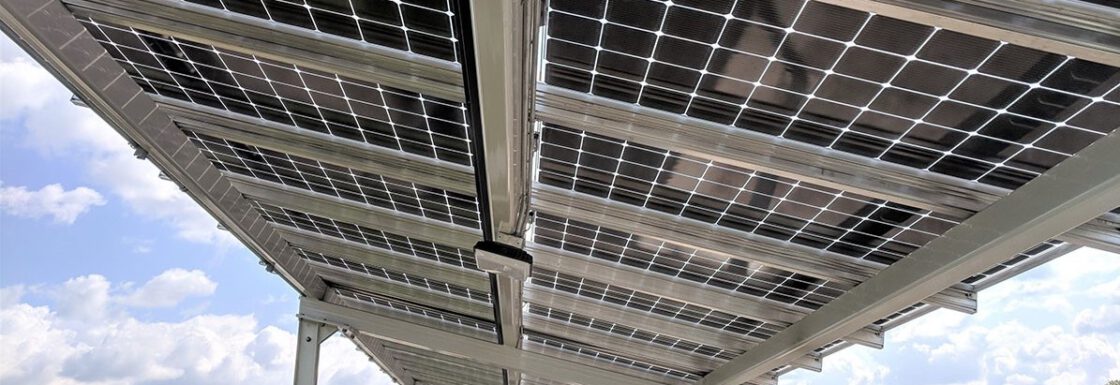Alberta College Shifts to 60%+ Alternative Energy : Red Deer College (RDC)

Projects Sponsor
Red Deer College’s Alternative Energy Initiative was designed to expand teaching, learning, and research opportunities related to alternative energy technologies. It ties in with their existing Green Campus commitment to improve sustainability on campus, helps educate the community about sustainability opportunities and set’s the college on a course to become a leader in alternative energy technology. By dramatically reducing the operational utility costs and demands of the campus––money that can be diverted to both operational and educational initiatives––– and reducing their carbon emissions, Red Deer College took us all to school.
Understanding the need to address climate change by adopting alternative energy technologies, a community college in Alberta undertook a multi-stage project to install or retrofit much of their campus’s infrastructure in order to reduce their carbon emissions. In short, Red Deer College took us all to school.
The objectives of the Alternative Energy Initiative, as RDC dubbed the project, are ambitious and wide in scope. They began by researching opportunities related to alternative energy technologies and they’re expanding their teaching and learning capacity in that direction as well.
Ultimately the college aspires to become a leader in alternative energy technology; The 276 panels––a fraction of the total––now installed on the new solar walkway on campus, along with the panels installed on the main building, including the new Alternative Energy Lab, could well be the path that gets them there.
The Alternative Energy Initiative builds on RDC’s existing Green Campus commitment to improve sustainability on their campus. The project allows the college to continue to educate the community at large about sustainability opportunities
At the same time RDC is reducing their operational utility costs and utility demands.
On a purely practical level, sourcing the 4,200 solar panels the college installed (the installers believe RDC has the largest solar array of any post-secondary institution in Canada) was no small feat. Additionally, lifting the panels onto some of the higher roofs required a helicopter sky crane, which presented unique operational challenges and called for extensive safety planning.
Additionally, as a result of the magnitude of the power the campus is now self-generating, the campus electrical substation metering system had to be completely re-planned. RDC was fortunate to be able to collaborate with the City of Red Deer’s Electric Light and Power Division, who worked extensively with their project engineers and facilities staff to reconfigure this substation to allow for bi-directional metering/power flow. These modifications were necessary for the times when RDC is selling power back to the grid.
RDC began this process by engaging consultants to have the institution’s energy needs and demands assessed, and to help identify alternative energy technologies that would be appropriate for its campus.
The collaboration and cooperation and investment is paying off, in part by significantly reducing the college’s dependence on external sources of electricity. Indeed there are now times during the year when RDC is a net exporter of electricity, selling power to the communities that surround the college.
From a sustainability perspective RDC has been able to reduce their utility consumption and their greenhouse gas emissions.
As well as being the right thing to do, by conserving, as well as generating energy, RDC has seen a dramatic drop in their utility costs. It’s a savings to the tune of several hundred thousand dollars per year, money the college is diverting to educational and operational initiatives.
Saving by learning, saving for learning. It’s clear Red Deer College has a lot to teach us.













